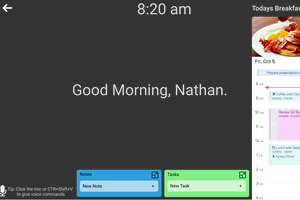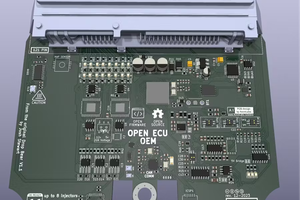Delve into the realm of high-performance networking without breaking the bank with a budget-friendly 10 Gigabit pfSense build using the HP t640 Thin Client. Authored by SimeonOnSecurity, this guide outlines the synergy between pfSense, a robust open-source firewall and router software, and the HP t640, an economical yet powerful hardware choice. From hardware requirements to step-by-step instructions on installation and configuration, this guide empowers both individuals and businesses to establish a secure, speedy network infrastructure. For a detailed walkthrough, consult the original guide on SimeonOnSecurity's website.
Budget-Friendly 10g pfSense Build with HP t740
10 Gigabit Capable pfSense Build on a Budget with HP t740
 simeononsecurity
simeononsecurity
 Nathan
Nathan
 Miguel Tomas
Miguel Tomas
 James Michael DuPont
James Michael DuPont
 aiscope
aiscope